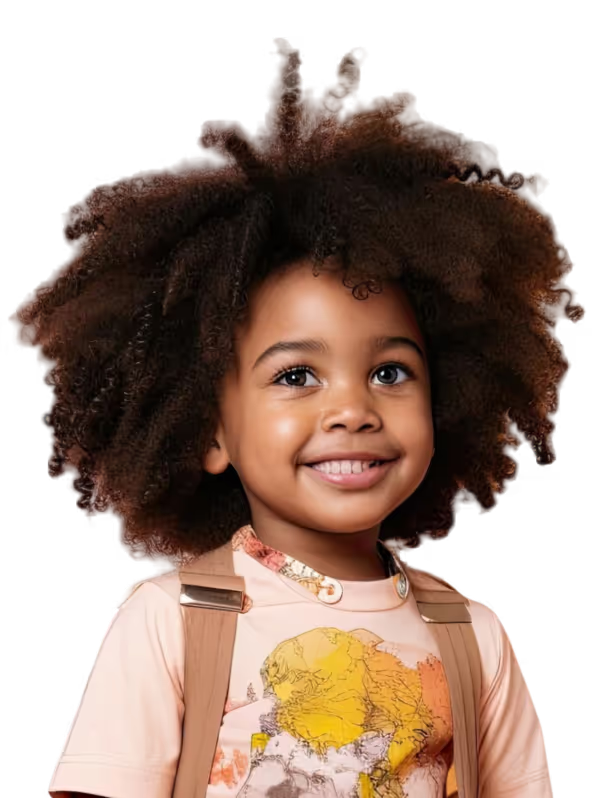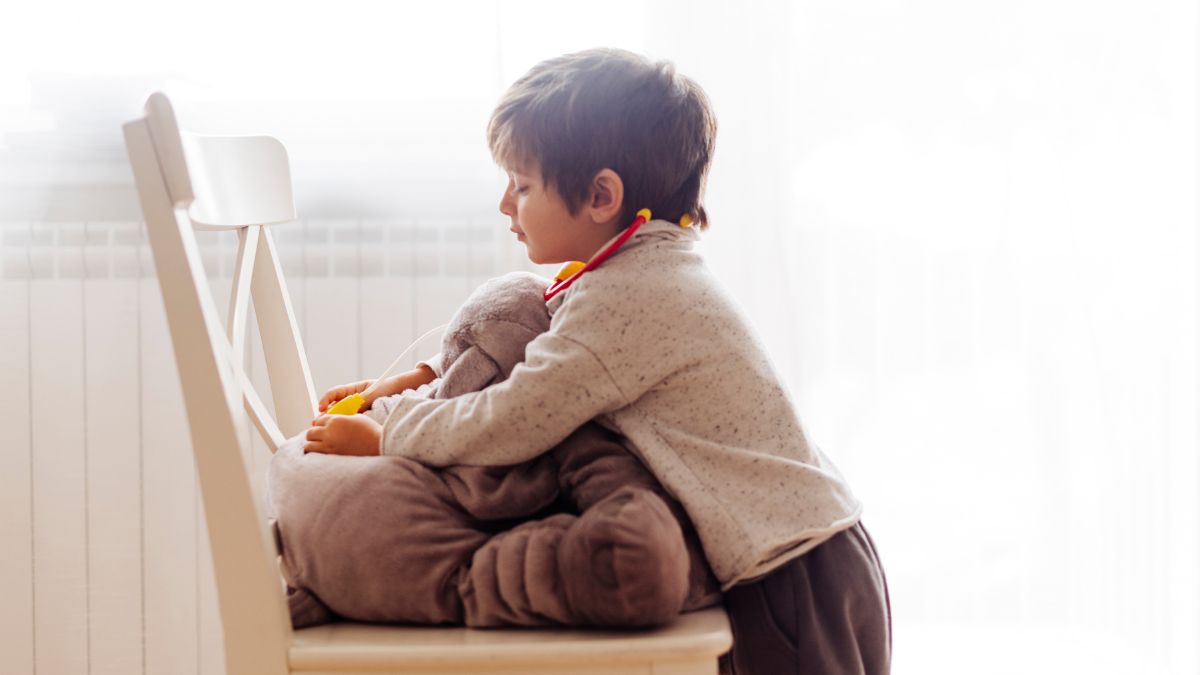Topography of Behavior: What It Means in ABA

If you’ve ever heard someone in ABA say, “Let’s look at the topography of that behavior,” you might have wondered—are they talking about a map? Yes, in a sense. The topography of behavior explains the physical features of an action, much like a map depicts the physical features of land. It concerns the appearance of the behavior, moment by moment, in a manner that is quantifiable, characterized, and, most importantly, modifiable.
But why does this matter? And how is it different from the function of behavior? Let’s dig in gently, like we’re talking over coffee.
What Is Topography in ABA?
In ABA, topography means the observable form and shape of a behavior, what someone does in physical, measurable terms. According to Cooper, Heron, and Heward (2020), it’s the “physical form or shape of a behavior” and is completely separate from why the behavior is happening.
For example:
- Waving your hand and saying “Hi” is one topography of greeting.
- Giving a bear hug while saying “How have you been?” is another.
Both are greetings, but they look and sound completely different. When we write an operational definition in ABA, we’re essentially creating a behavioral blueprint. We’re describing the topography so precisely that if two people were observing the same event, they’d both record it the same way. That means noting details like:
- Verbal elements: The exact words spoken.
- Physical gestures, eye contact, and hand waves.
- Duration and intensity: The strength of the action and its duration.
Saying "The child greeted a peer" is insufficient. In an operational definition, you might say: “The child turned their body toward the peer, made eye contact, smiled, and said ‘Hi’ in an audible voice.” That’s topographical definition ABA style—clear, measurable, and replicable.
Why Topography Alone Isn’t Enough
Here’s where people sometimes get tripped up. While describing the geography of behavior reveals what occurred, it does not explain why.
Imagine this: A student yells an offensive word during gym class. You can describe it clearly—raised voice, specific words, head turned toward peers, smirk on face. That’s the topography. But if you stop there, you might miss that in the gym, the outburst earns laughs from classmates (attention), while in math, the same student might stay quiet because the function in that context changes.
Function and topography are partners—you need both to truly understand and address behavior. Without knowing function, or considering concepts like reflexivity, symmetry, and transitivity, you might replace the behavior with something equally unhelpful.
Environmental Factors and Topography
The way the topography changes based on the surroundings is an intriguing feature. In a quiet library, you welcome people with a gentle "Hi" and a little grin, not the same way you do at a loud concert (rapid wave, screaming "HEY!").
In ABA, we consider:
- Setting: Where the behavior happens.
- Social context: Who’s present.
- Antecedents: What happens right before.
- Consequences: What happens right after.
This is also where concepts like reflexivity, symmetry, and transitivity—important in relational frame theory—intersect with topography. For instance, symmetry ABA describes a learned relationship where if A equals B, then B equals A. Environmental cues can shape whether a topographical form is maintained or altered in new situations.
Magnitude: The “Strength” of a Behavior
Magnitude—think of it as the power behind a behavior. It’s like the volume knob on your stereo. Sometimes, you turn it way up. Like when you spot an old friend across the room, you don’t just walk, you run over and give them the biggest hug.
Other times? You dial it down. Like meeting someone new, you might just smile and say “hello” in a softer voice.
The point is, magnitude changes depending on the moment. But knowing how to adjust it? That’s where the crux happens.
Magnitude matters because sometimes it’s the difference between an acceptable and an unsafe behavior. A light tap to get attention is socially fine; a hard shove is not.
Examples in Everyday Life

Let’s ground this in real scenarios.
Classroom Setting
Topography: While waiting to be called upon, a pupil raises their hand, straightens their arm, and looks directly at the teacher.
Function: To obtain authorization to speak without interfering with the lesson.
At the Grocery Store
Topography: A toddler points at a box of cereal and says, “That one!”
Function: To request a preferred item (tangible reinforcement).
Sports Practice
Topography: Player jogs to the bench, tosses water bottle cap, and mutters under breath.
Function: Possibly escape from a drill or expression of frustration.
By identifying and defining the topography clearly, interventions can be tailored to maintain helpful behaviors and reshape or replace unhelpful ones.
How We Measure Topography
In ABA, measuring topography isn’t about making judgments, it’s about creating consistency.
That’s why operational definitions are crucial. For example, “disruption” could mean many things unless defined. Does it include tapping a pencil? Standing without permission? Shouting?
The following is a good operational definition: "Any instance in which the student makes vocalizations louder than conversational level, leaves their seat for more than three seconds without permission, or engages in object manipulation (such as tapping) that is audible to peers."
The more accurate the definition, the more reliable the data. The basis of ABA's evidence-based decision-making is this dependability.
The Interplay of Topography and Learning
When teaching new skills, ABA practitioners don’t just care that a skill is demonstrated, they care how it’s demonstrated. That’s because the topography can determine whether a behavior is socially acceptable, safe, and functional.
Let’s say a child learns to ask for help. If the topography is a loud yell from across the room, the request might meet the function but could be disruptive. Teaching the child to walk over, tap a teacher on the arm, and ask quietly still meets the function while improving the topography.
When Topography Changes Over Time
One interesting thing is that topography isn’t static. It can evolve with practice, reinforcement, and context shifts.
With teaching, a learner's handwriting can change from huge, irregular letters (known as initial topography) to smaller, more controlled scripts.
A person may shake hands languidly, quickly or firmly and at the right moment. In both situations, the behavior's shape is influenced by the intended result.
Why Understanding Topography Leads to Better Outcomes
In the end, understanding the topography of behavior helps ABA professionals:
- Track changes in skill acquisition.
- Maintain consistency across observers.
- Distinguish between functionally similar but physically different behaviors.
And for learners, it means being taught not just what to do but how to do it in a way that works across settings and with different people.
Bringing It All Together
So what is topography in ABA? It’s the exact, observable, and measurable way a behavior is done. When paired with an understanding of function, it becomes a strong tool for teaching, shaping, or helping skills stick.
At Achieve Better ABA, we keep everyone on the same page. We track progress, solve challenges, and celebrate each win. By looking at related ideas like reflexivity, symmetry, and transitivity, we see how learners connect skills and adjust behaviors within wider learning networks.
The takeaway? Behavior isn’t only about what’s in someone’s mind. It’s also about what you can see, record, and guide. When you know both the map (topography) and the drive behind it (function), you can support learning in a way that’s effective, respectful, and built to last.
We serve families across North Carolina. At Achieve Better ABA, we don’t just aim for progress, we aim for lasting change. Your goals are within reach, and we’re here to guide every step. Ready to start your journey? Call us today and let’s make it happen.
Similar articles
Contact us today to learn more.





.jpg)






